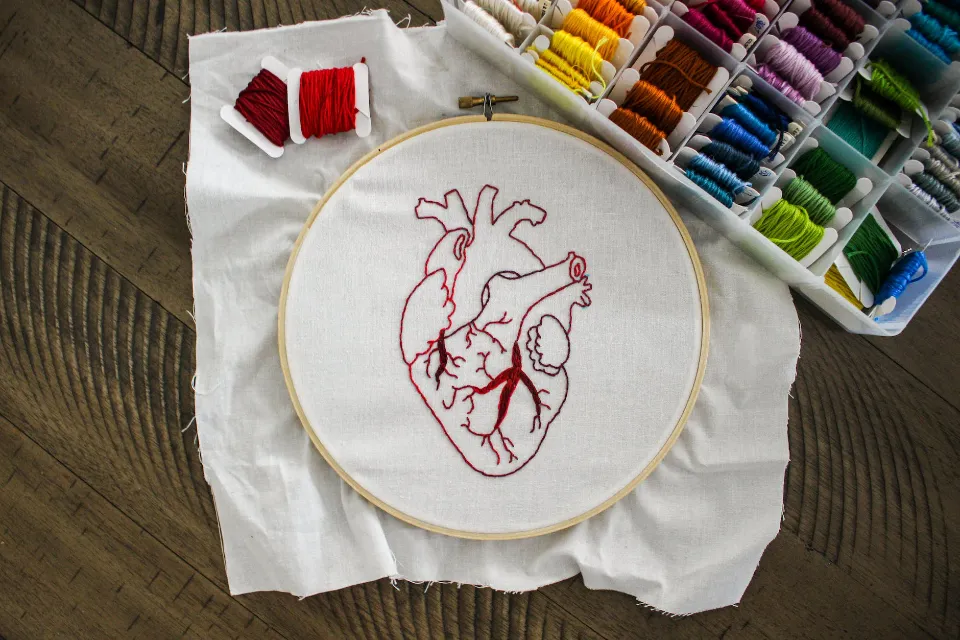If you have atrial fibrillation (AFib), you may feel your chest fluttering, or your heart may seem to be racing. Sometimes these episodes will stop on their own. Some sort of intervention might be required in other situations.
Because AFib can cause a stroke and heart failure, it’s crucial to see a doctor if you think you may have the condition. Symptoms can be managed and the risk of stroke is decreased with the help of medications and procedures.
Nevertheless, there are some non-intrusive methods you can use to succeed at home. These techniques can at the very least enable you to unwind and endure the attack until it ends. Read on.
What is AFib?
Two obvious indications that you may have atrial fibrillation, or AFib, are a flutter in your chest and a twitching heartbeat. That indicates that your heart is not beating in time. Even though an episode may seem strange or frightening, AFib rarely results in death on its own.
AFib episodes occasionally come and go by themselves. To get your heart to beat normally once more, other people might require medical attention. Sometimes, you might be able to do something to lessen symptoms or stop an episode before it even begins.

Causes of Atrial Fibrillation
In a healthy heart, blood is forced out of the body and around the body by the muscular walls of the heart contracting and tightening. They then relax so the heart can fill with blood again. Each heartbeat causes a repetition of this process.
In atrial fibrillation, the heart’s upper chambers (atria) contract randomly and sometimes so fast that the heart muscle cannot relax properly between contractions. The effectiveness and performance of the heart are decreased as a result. Unusual electrical impulses in the atria suddenly begin to fire, causing atrial fibrillation.
The heart’s natural pacemaker is overridden by these impulses and is no longer able to regulate the heartbeat. This causes you to have a highly irregular pulse rate.
Symptoms of Atrial Fibrillation
The heart rate is erratic and occasionally very fast in atrial fibrillation. It may occasionally be much higher than 100 beats per minute. This may result in issues like fatigue, shortness of breath, and dizziness.
Your heart might feel like it’s pounding, fluttering, or beating irregularly during noticeable heart palpitations, which typically last a few seconds or, in some cases, a few minutes.
Atrial fibrillation can occasionally go unnoticed by the sufferer, who is completely unaware that their heart rate is abnormal.
How to Stop An AFib Episode?
#1 Practice the Vasovagel
It’s common to feel as though your heart is beating out of your chest when an AFib attack starts. Therefore, for those who have the condition, learning how to lower your heart rate at home can be very beneficial. The vagus nerve, which controls our immune system, digestion, and heart rate, is the main nerve of the parasympathetic nervous system. By stimulating this nerve, you can lower your heart rate while experiencing an AFib attack.
Because the vagus nerve run along the side of the neck into the chest cavity, there are a few at-home options available for AFib patients to try to slow their heart rate:
The practice of vasovagal maneuvers is a well-liked method for regulating your heart rate during an AFib attack. A popular choice for activating your vagus nerve, this technique relies on pressure and contraction from your core muscles to trigger a response from your parasympathetic nervous system. I suggest that my patients take a deep breath and bear down as if they are using the restroom to try this technique. If you can, try to hold it for a few seconds. You should continue to push downward while contracting your abdominal muscles inward to slow your heart rate.
#2 Biofeedback
Through this therapy, you’ll learn how to control body functions such as your heart rate.
Your fingertips or earlobes are covered with sensors by the therapist. These sensors are connected to a computer so you can view your heart rate in real time and how it changes in response to various relaxation methods. To see if it lowers your heart rate, you might try visualization or focused breathing, for instance.
#3 Meditation
Choosing to engage in a session of mindful meditation during an AFib attack can help to lower stress and slow your heart rate, adding another layer to deep breathing exercises. As a mind-body activity designed to help ground the participant in the moment, taking a few moments to close your eyes, breathe deeply, and clear your mind can help to make your AFib symptoms less severe.
#4 Touch Cold Water
You may have heard about the diving reflex. Your body responds by lowering your heart rate when your face is submerged in icy water, which stimulates your vagus nerve.

#5 Take a Deep Breathing
Spending a few minutes breathing deeply and purposefully can help you lower your heart rate if you feel like it is beating a mile a minute. This is one of the easiest and best things you can do. Close your eyes, if you can, and take slow, even breaths in and out while sitting somewhere quiet. As you inhale and exhale, pay close attention to how your diaphragm changes size.
#6 Carotid Artery Massage
A carotid artery massage may be able to help activate your parasympathetic nervous system and lower your heart rate if none of the other methods mentioned above are successful in doing so. The carotid sinus, a group of nerve endings in the neck that surround the carotid artery, is the target of this technique, which is frequently only carried out by medical professionals. Due to the more risky nature of this procedure, I strongly advise my patients to only use this method if they are not alone and only after receiving adequate training from their healthcare provider. Both sides of the neck have carotid sinuses and nerves, so a massage can be given to either side, but never simultaneously. The carotid body area should be gently massaged in a circular motion for typically 5 to 10 seconds.
#7 Taking Additional Medications
An active AFib attack can occasionally be stopped by taking an additional dose of your currently prescribed AFib medication. Medications that can be the most effective for stopping an AFib attack include beta blockers and antiarrhythmics. To be clear, you should only use this method with your doctor’s approval and supervision. Additionally, if you decide to use this option while experiencing an episode of AFib, I strongly advise keeping a blood pressure monitor at home. It is especially important to monitor your blood pressure and heart rate at home if you are taking extra medications during an AFib attack.
Conclusion
You can still lead a normal life despite having AFib. As long as you first speak with your doctor, you can continue to work out, play sports, travel, and engage in sexual activity. You might need to exercise more caution when engaging in some activities, though. For example, most people with AFib can drive. However, do not get behind the wheel or pull over right away if you experience symptoms like lightheadedness or dizziness.



